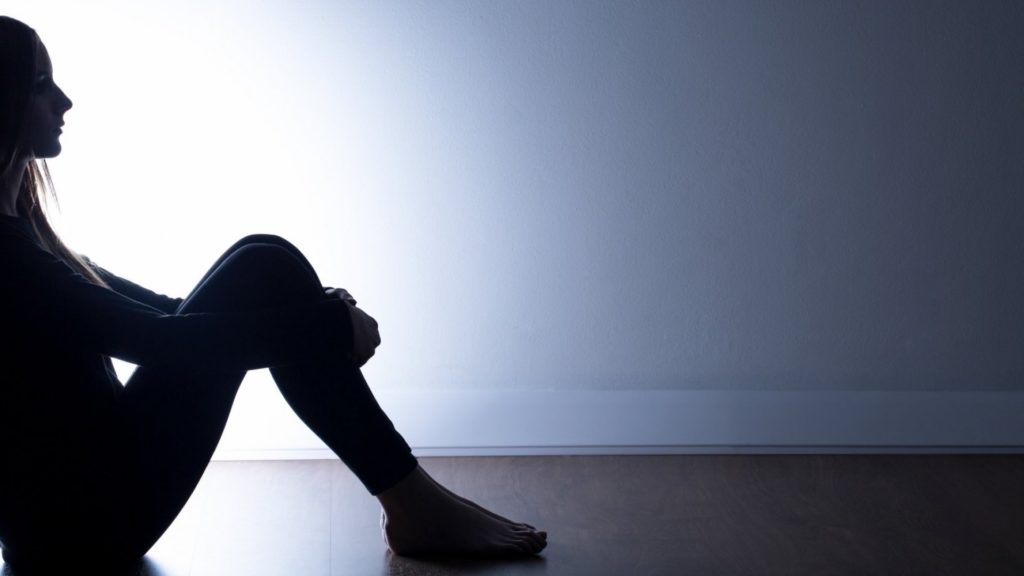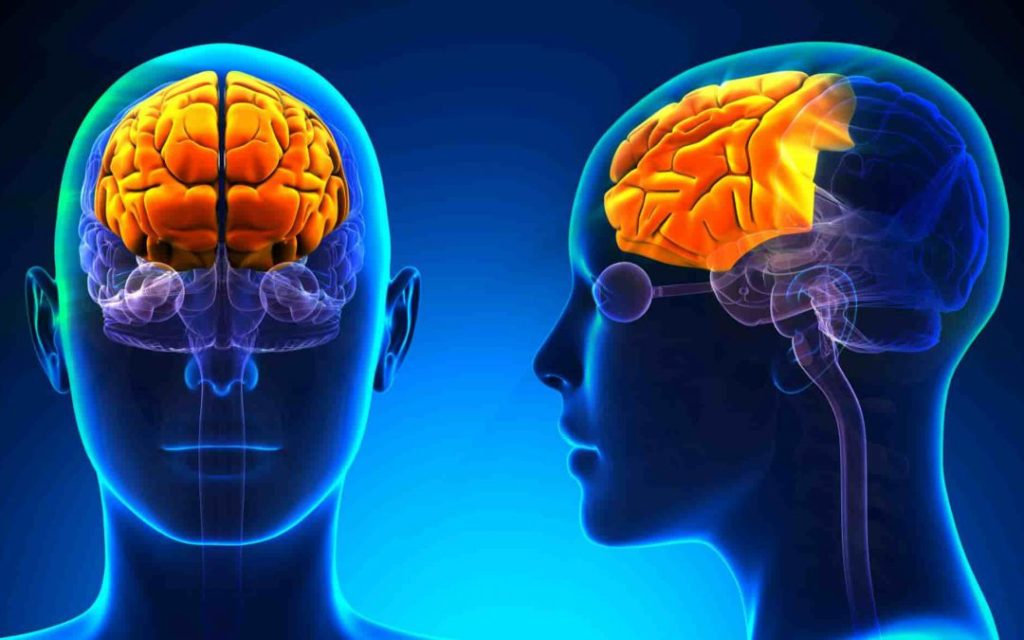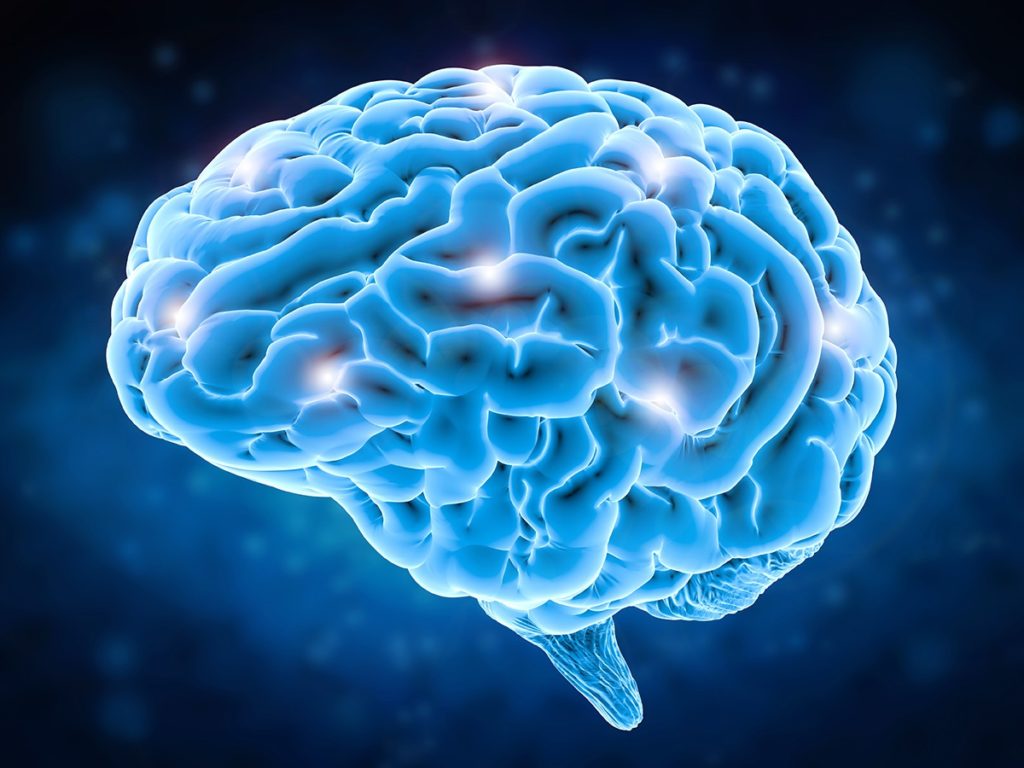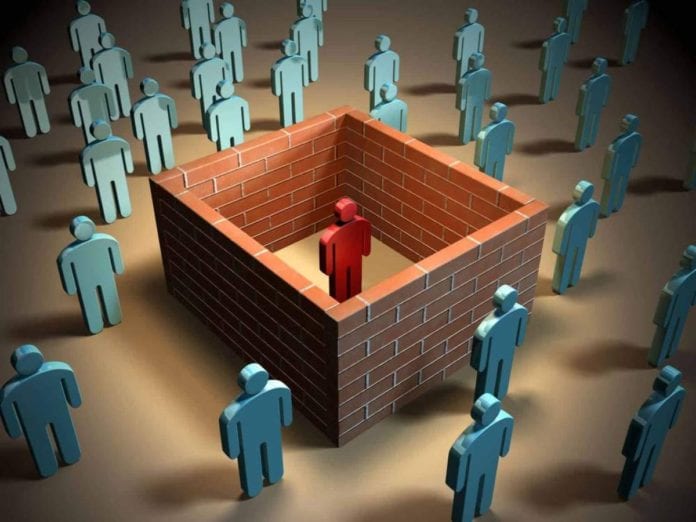We have all experienced loneliness at different stages of our lives. However, each individual’s experience of loneliness is different. Loneliness can be described as “an unpleasant social response to perceived isolation.” Researchers define loneliness as feeling lonely more than once a week.
“Loneliness and the feeling of being unwanted is the most terrible poverty” – Mother Teresa
In today’s time, where we are being forced to implement social distancing and self-isolation, the need to study the consequences of these two conditions on our mental health is much needed. Previous research has shown how self-isolation during childhood has a harmful impact on adult brain function and behaviour across mammalian species. A team of researchers from the Icahn School of Medicine at Mount Sinai have experimented with male mice to observe the effects of social isolation during childhood.

The research team has now identified specific subpopulations of brain cells in the prefrontal cortex, which is a part of the brain that regulates social behaviour and is required for normal sociability in adulthood. They are profoundly vulnerable to juvenile social isolation in mice. The study shows that isolation during childhood led to reduced excitability of these medial prefrontal cortex neurons projecting to the paraventricular thalamus, which is an interface for brain reward circuits.
“In addition to identifying this specific circuit in the prefrontal cortex that is particularly vulnerable to social isolation during childhood, we also demonstrated that the vulnerable circuit we identified is a promising target for treatments of social behaviour deficits,” says Hirofumi Morishita, senior author of the paper. “Through stimulation of the specific prefrontal circuit projecting to the thalamic area in adulthood, we were able to rescue the sociability deficits caused by juvenile social isolation.”

Findings of the study
The researchers found that after going through two weeks of social isolation, the medial prefrontal cortex neurons of these male mice failed to actuate during social interactions in adulthood. The team used two techniques known as optogenetics (using light to control neurons to stimulate the prefrontal area of the brain) and chemogenetics (engineering cells to interact with others) to determine whether restoration of the activity of prefrontal projections to the paraventricular thalamus could lead to an improvement in sociability deficits in adult mice that went through juvenile social isolation.
This involved using drugs or light pulses to stimulate the prefrontal projections to the paraventricular thalamus. Using both of these techniques, the researchers were able to quickly increase social interaction in these mice, once the light pulses or drugs were administered to them. “We checked the presence of social behaviour deficits just prior to stimulation and when we checked the behaviour while the stimulation was ongoing, we found that the social behaviour deficits were reversed”, said Morishita.

Implications of the study
If the findings of this study are replicated in us humans, the researchers would hopefully be able to develop better treatments for mental illnesses that are connected to isolation and loneliness. The researchers can now better understand the neural circuit mechanisms that are a part of social isolation in childhood, and the implications it has on social behaviour in adulthood. Social isolation and loneliness are said to play a huge role in many neurodevelopmental and psychiatric disorders such as depression, autism and schizophrenia.
Due to coronavirus and the impact it is having on our social lives, we are in for a lot of mental health-related issues in the time to come. So, it is good that the researchers are putting in efforts to find out ways and treatments for illnesses that are connected to social isolation. All we can do is stay connected to our loved ones in whichever possible and take care of their mental health as well as ours. You never know what the other person might be going through, so always just be kind.
Further Reading:


